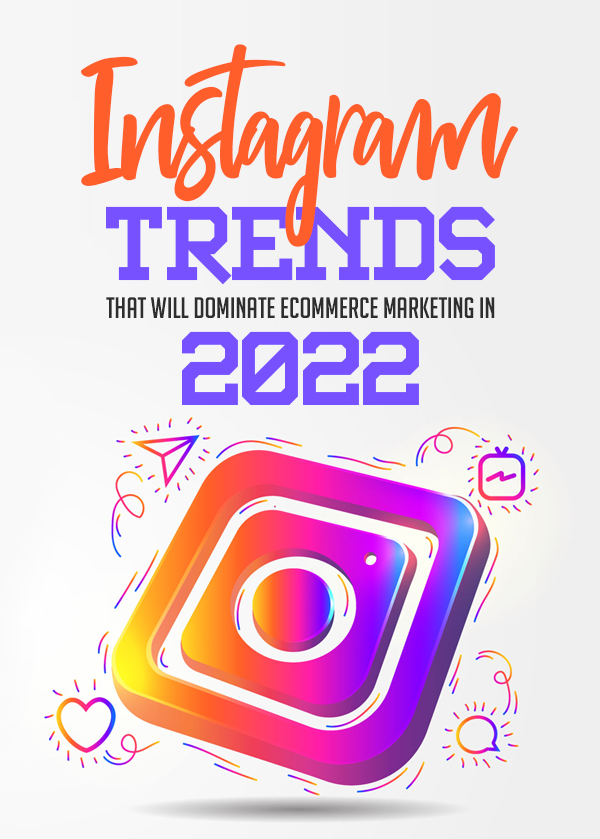Instagram is just one of the many social media platforms popular nowadays. It is actively used by businesses and entrepreneurs to promote products or services and connect with potential customers. But as a visual content creator (designer, photographer, etc.), there are several ways in which you can approach Instagram.
You can work for a business to create visual content for the platform, or you can become an influencer and create content just for yourself. In both cases, it’s a good idea to constantly keep learning about the latest trends and changes to the platform that you could use. Hence, here are the Instagram trends that will dominate e-commerce marketing in 2022.
Why Should You Follow Instagram Trends?
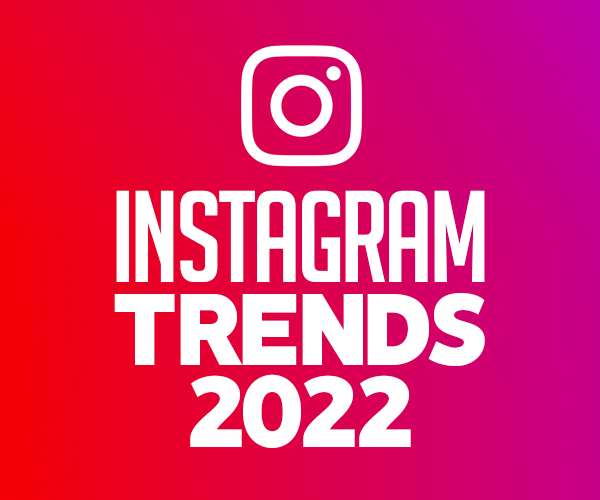
Before getting into the trends themselves, it’s crucial to understand why you need them and how they can be useful to you. Instagram e-commerce marketing trends come and go, and every time they appear, businesses find ways to profit off of them. Following trends can help you get more exposure and reach more users (aka potential customers).
That being said, blindly following trends can be damaging. Some brands end up misunderstanding what the trend is all about or even simply overusing the trend. This is why understand how a trend works and how to use it successfully is essential to your success.
Without further ado, here are the Instagram e-commerce marketing trends to follow in 2022:
1. Instagram E-Commerce Tools
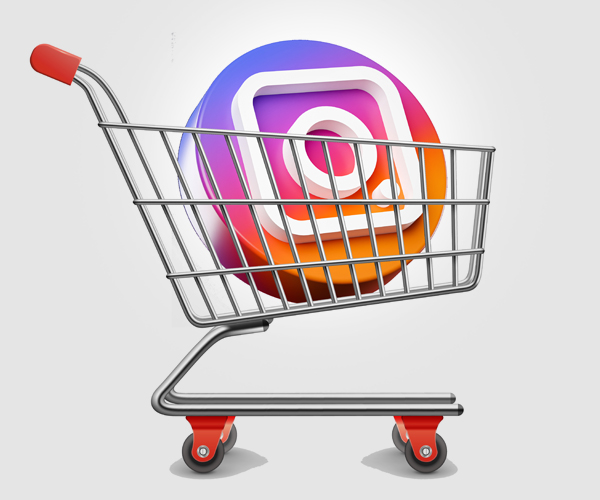
The first big trend that will dominate the coming year is the focus on Instagram e-commerce tools. In 2020, the platform introduced the Instagram Shop feature which now allows online stores to pretty much merge with the social media platform to create better shopping experiences. Users can now browse shops, see editor’s picks, and more. But while this is the main e-commerce feature on Instagram, there are other tools businesses can use to promote and sell their products and services.
For starters, there are the shoppable posts that can be published by business accounts. You can also use stickers and links in your Stories to direct customers to your shop. Other e-commerce features Instagram has experimented with over the years include shopping from creators, live shopping, and Instagram checkout. Interestingly, such changes could be a sign that it is transforming from purely a social media platform to an e-commerce one.
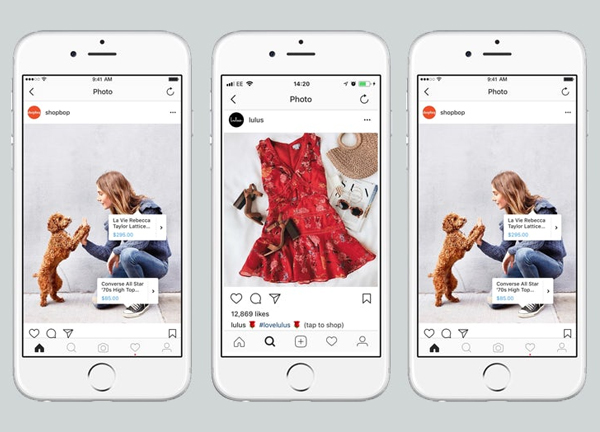
There are two big reasons for this. First is that consumers expect easier shopping, and since social media is so widely used, integrating e-commerce to it seems logical. Second is that the pandemic has pushed small businesses to find new ways to reach their audience and to focus more on digital commerce. Social media has become the ultimate solution for them making it possible to survive in such difficult times.
So, what does this mean for visual content creators? Now it’s not just about creating content for brands to post on their Instagram accounts but also creating content for promoting products on Instagram. There’s a difference between these two types of content even though they are closely related. It’s also worth learning how Instagram e-commerce tools are usually used to understand how they can be taken to another level.
2. Shorter Video Content

Another trend that will immerge on Instagram is shorter video content. This will be evident not just in e-commerce but all throughout the platform. Over the years, video content has been getting shorter and shorter with platforms like Vine and TikTok taking it even further. In fact, one of the reasons why TikTok is so big right now is precisely due to the format of its content – short videos. Instagram is a primarily visual platform which is why it’s so logical that it would follow in TikTok’s steps.
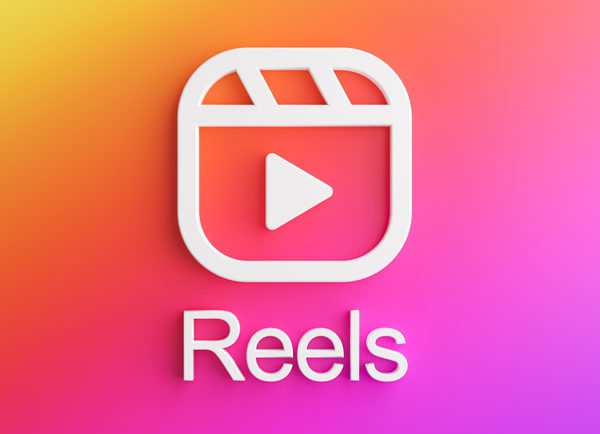
Indeed, chasing after TikTok is exactly what Instagram did when it introduced Instagram Reels. YouTube is doing something similar right now with its Shorts feature. But while some videos on social media are already quite shorter, they might just be getting even shorter. Even before Reels there were (and still are) Stories that are also meant to be short and sweet. Moreover, Stories disappear over time and can be saved as Highlights allowing users to showcase such videos on their profiles selectively.
Likewise, businesses are using all of these features for many purposes. Social media users are used to spending less time on every piece of content they see which is why delivering information in shorter bits is more common. At the same time, because shorter videos can be watched faster, they can also be shared faster and have the potential to go viral. As will be seen later, virality will be another major trend on Instagram in 2022.
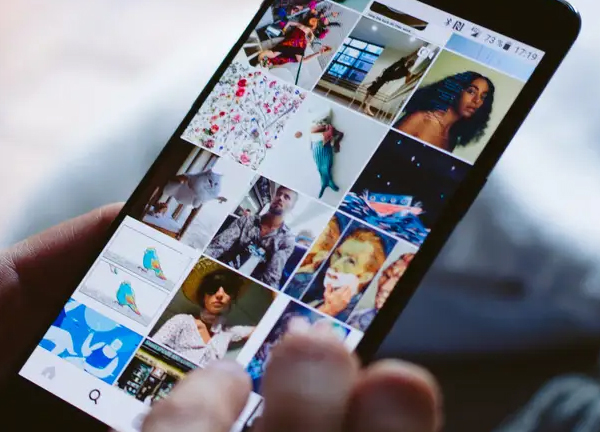
While visual content creators should definitely start focusing on shorter videos, it’s still important to remember how longer videos can be used. The IGTV feature allows you to create lengthy educational videos, product reviews and tutorials, and other relevant content. It’s a good idea to prioritize videos as a type of content, but it’s better to create both long and short videos.
3. Influencer Marketing

Instagram is not the only platform where influencer marketing has become popular in the recent years. And yet, it seems that this type of marketing will gain even more traction, especially on Instagram. In part, this is because brands are trying to reach more audiences and expand their reach as much as possible. On the other hand, small and big businesses alike are starting to experiment with influencer marketing more.
Instead of only working with high-profile influencers with large audiences, brands choose to work with micro-bloggers. Such influencers may not have hundreds of thousands or even millions of followers, but they often have a more dedicated and engaged audience. Because of this strong connection, their followers are more likely to follow their endorsement and purchase the product or service the influencer is promoting.

At the same time, employees are becoming influencers in their own right. Big brands especially are using their employees to promote their company. Small businesses are also starting to use this tactic more often to establish a special bond with their customers. Such a tactic can be great for reaching potential customers on the national and international level, but it’s also ideal for getting more attention locally.
For visual content creators, this trend means two things. If you have an Instagram account of your own where you post your work, you could potentially act as an influencer yourself. But if you create content for businesses, you might have to work on some of it specifically for the influencers that these businesses decide to partner with.
4. Memes for Branding
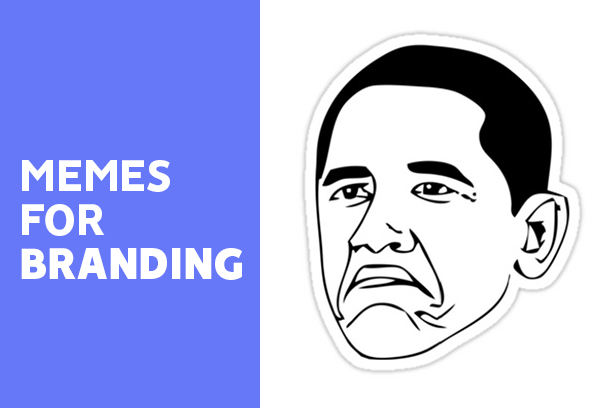
Have you ever noticed that brands on Twitter seem to be using memes way more often than you’d expect them to? Particularly big fast-food chains such as McDonald’s, Wendy’s, and Burger King among others are all using memes along with their sassy attitude towards social media users. This strategy allows businesses to humanize themselves and show that they speak the language of their digital audience – and memes are the perfect tool for it.
Instagram is also being used by businesses to post memes. As mentioned earlier (and will be elaborated on later), virality is a huge thing for companies nowadays. And because memes have the potential to go viral, they become the go-to type of content for many brands that want to appeal to their audience in a casual way while also getting more exposure.
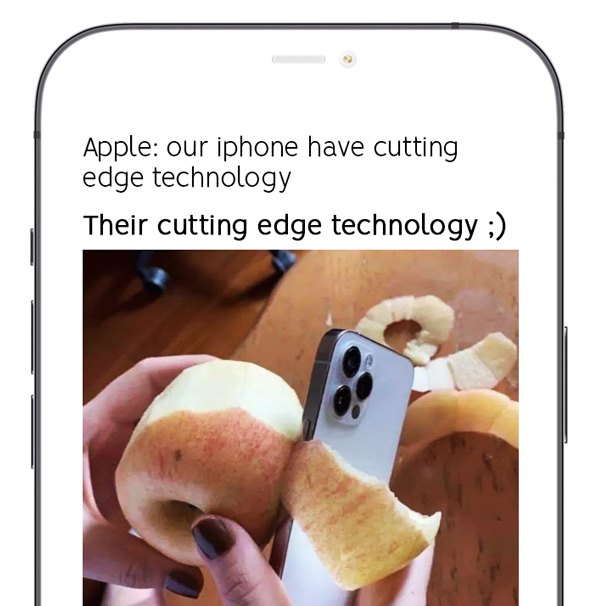
However, there’s a drawback to using memes. The company’s brand voice must fit the kind of memes they want to create. Moreover, “professional” and “serious” companies will probably not benefit from memes at all. In addition to that, it can be very easy to overuse or misuse memes.
Because of this, visual content creators have to be particularly careful with the way they create memes, particularly for branding. It’s one thing to see them online and chuckle, but it’s a completely different thing when you have to create them yourself. There should be a certain balance in the humor, wording, and visuals you use while also fitting into the company standards to maintain a certain reputation for the brand.
5. Diversity and Inclusivity

Diversity and inclusivity are being integrated in all kinds of industries nowadays, but they have never been as important as they are now. Businesses are making changes within their companies, but they also want to show these changes which is why the narrative is being pushed so heavily in marketing and promotional materials. Instagram, of course, is the perfect platform for displaying these materials.
At the same time, diversity and inclusivity are not just about hiring new employees – it’s also about expanding to new markets. Companies want to see customers from different backgrounds which means they also want to have followers on social media from different backgrounds. This, in turn, means that businesses are experimenting with their content. From the topics they cover in their content to the way this content is delivered – all of it can impact who gets interested in and engages with this content.
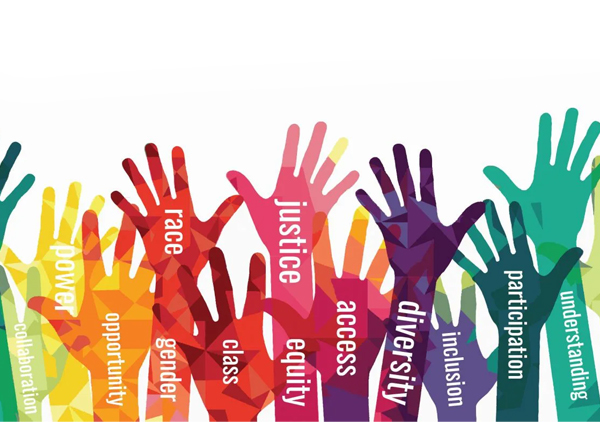
To put it simply, companies are now all about social justice and wokeness. However, these phrases have become somewhat controversial in online discussions as brands big and small are being blamed for simply using these topics to sell more products and services. Consequently, it is absolutely essential to find a balance between supporting good causes and taking a step back before it becomes too inauthentic.
In a way, the situation is similar to that with the memes. If you use this trend incorrectly, it could potentially result in a spoiled reputation. Visual content creators must keep an eye on all the latest news related to social justice to understand what should be said and what should better be left unspoken. This way, businesses won’t end up having to apologize for being tone-deaf or for exploiting sensitive topics for corporate benefit.
6. Virtual Events

While the pandemic has pushed Instagram even more to become an e-commerce-centric platform, it has also impacted some of the trends on the platform. One of the major ones is the abundance of virtual events. Of course, various events and activities have been held online before, but they are becoming even more popular now. Not only are businesses more willing to host such events online but customers are now more used to attend these events virtually instead of in-person.
Experts from the best custom writing website ratings puts it this way, “It’s an interesting phenomenon. Live streams were common before, but now they seem to be held more and more often. It’s a way to connect with your audience, to engage with it, and to host so many other activities. You can even have webinars streamed through Instagram Live. You no longer even need a separate platform for this because everyone is used to attending such events virtually through the easiest way possible – their favorite social media platform.”
Indeed, hosting events virtually is also a matter of practicality. Companies can save loads of money simply by hosting something online instead of organizing it in a particular location. Anything from new product launches to conferences can be hosted online. Of course, some of it will have to be streamed or otherwise organized on your website, but many activities can still be held through Instagram.

There’s not much that visual content creators can do when it comes to live streams, but it’s a different matter for webinars. All of the educational materials will have to be created in a way that will fit the brand guidelines and requirements. This means that photographers and graphic designers can expect loads of work in this sense. However, it’s still worth preparing for it by looking at existing webinars from top brands in different industries.
7. CGI Influencers
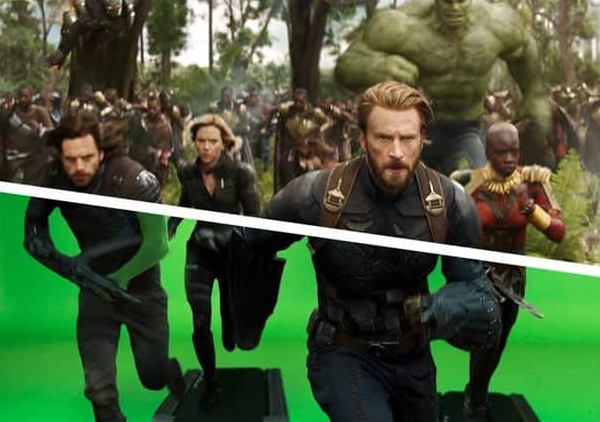
It’s one thing to work with influencers, but what about CGI influencers? These are not complete programs but rather real people who have dawned the mask of a CGI character and have gained a following on social media. Such CGI influencers started becoming popular on YouTube a few years ago, but it seems that they are now getting more attention on other platform as well, including Instagram.
Sometimes, what is referred to as “CGI influencer” truly does mean a CGI creation rather than a single person using CGI technologies. Such influencers can be creations of entire teams of designers, social media marketers, and programmers all working together to create something unique and appealing to a particular audience. In other words, these influencers are engineered with precise detail.
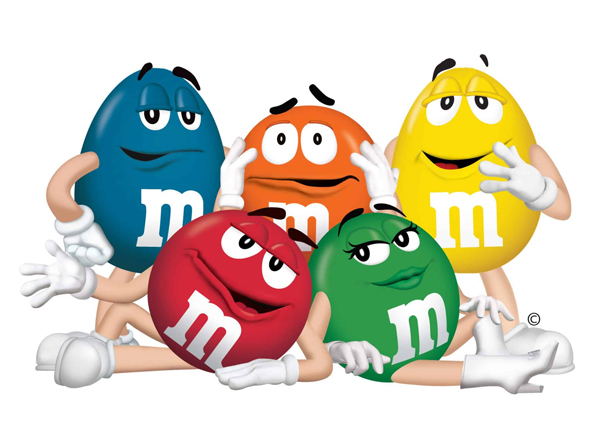
Brands can benefit from this trend massively. Most recognizable brands already have mascots that they use in ads and other content for branding to promote their products and distinguish themselves on the market. However, CGI influencers can further personify brands in a more engaging and active way. Like many other techniques, they help companies to seem more “human” and less “corporate”.
Even CGI influencers need branded content, so visual content creators might find themselves working on it. Likewise, such creators can also join teams working on programming new CGI influencers for different brands. Because it’s a costly technique, most of such influencers will likely be created only for bigger brands who want to try out new marketing tactics.
8. Augmented Reality
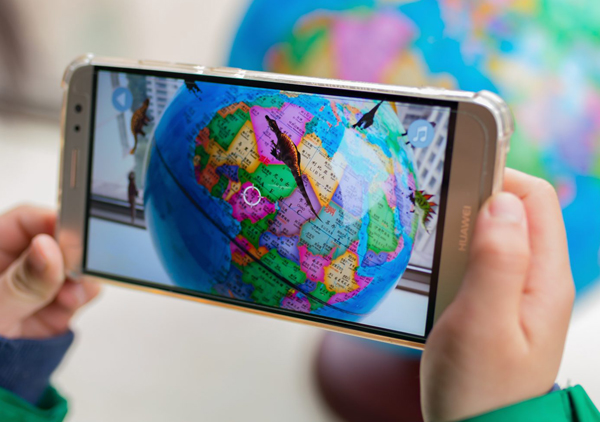
Another trend directly connected to the newest technologies is Augmented Reality or AR. It has been around for some time now and is usually mentioned with VR, but AR hasn’t had that big of a presence specifically on Instagram yet. When it comes to business, AR is usually used for interactive ads or on websites to enhance shopping experiences (e.g. for product demonstrations). With social media platforms like Instagram, the situation is different.
Right now, the most popular feature on Instagram that uses AR is the filter feature in Stories. Just like Snapchat, Instagram allows users to try out different filters and appear to have puppy ears, huge eyes, and sparkling effects among other things. However, some say that Instagram could potentially expand its usage of AR in different ways.
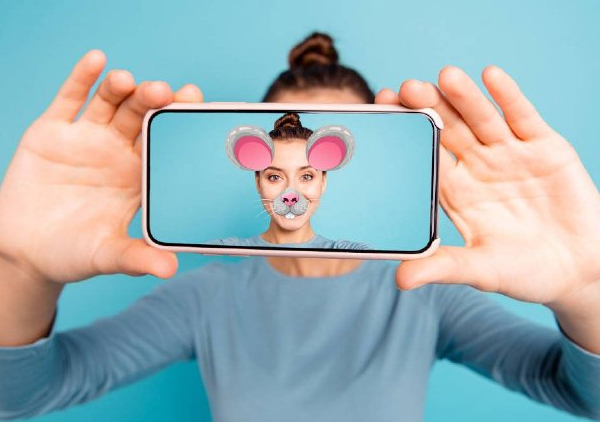
Obviously, there’s the point about shopping. Many websites and online stores already use AR to let shoppers see their products as if in real life through the lens of their cameras. This allows customers to understand how big the product is and to see what it looks like from different sides and angles. Considering that Instagram is integrating different e-commerce features, it could potentially consider using AR this way as well.
Others say that the future of Instagram and AR is either connected to NFTs or to Facebook wearables. In any case, visual content creators have to be prepared to this steady rise in the popularity of AR and other similar technologies such as VR. Instagram businesses run and ad campaigns on its platform, so it could also potentially display AR ads just like the ones already being used elsewhere on the Internet.
9. Social Commerce

As mentioned earlier, Instagram is actively trying to integrate many e-commerce tools on its platform. From editor’s picks to shoppable posts, there are so many different features that businesses can now take advantage of to promote and sell their products more actively on the platform and beyond it. This transition is precisely what social commerce is all about. Instead of shopping on separate websites, consumers are encouraged to shop on social media.
Instagram seems to be leading the way here. Other social media platforms have been used by companies to promote their products quite effectively. For example, Pinterest is known for being one of the best platforms for reaching audiences with the help of visual boards with relevant products. However, Instagram is different simply because of how many features it already offers to brands.
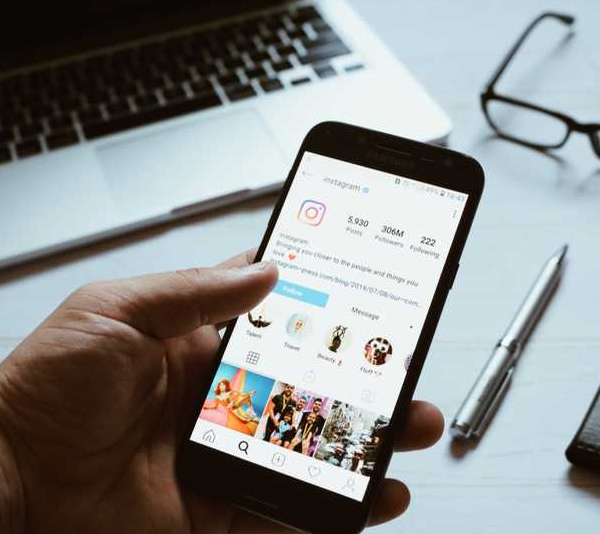
Moreover, because of the accessibility of these features, it’s not just the big brands benefiting from it. Small businesses that have started relying on Instagram heavily during the pandemic will likely choose to stay here because of the ease of use and the constant updates and innovations the platform is trying to integrate.
In other words, Instagram is probably the best place for social commerce at the moment which is exactly what both businesses and visual content creators can take advantage of. It’s a good idea to focus on user experience and try to make the shopping process as easy for customers as possible.
10. Virality As Priority
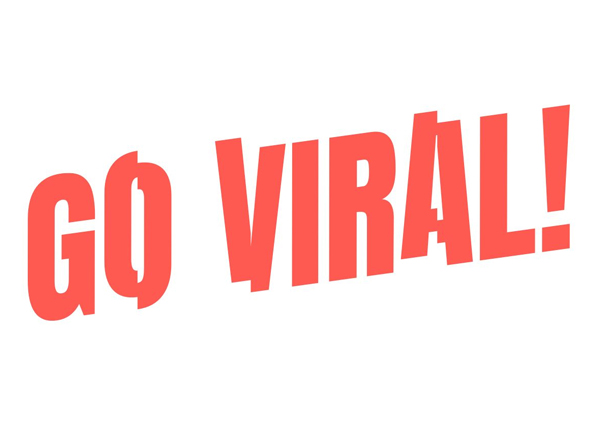
Last but not least, virality will be viewed as priority. It has been mentioned above a few times, and it’s truly one of the biggest trends that has been around for some time. Because content online is being consumed so quickly, it’s very difficult for companies large and small to capture consumer attention for long spans of time. This is why virality is being valued more than ever before.
If a piece of content goes viral, more people can find out about the brand and consider checking it out. Moreover, depending on the type of content, virality could also be a valuable branding technique. The aforementioned memes can create a sarcastic persona for a brand, but this persona can also be altered depending on the type of humor being used in the memes (e.g. existential humor will likely create a sad or pessimistic reputation for the brand).

But there are challenges with this trend too, and by far the biggest one is the essence of virality itself. It’s actually very difficult to create a piece of content that will definitely go viral. In fact, most companies will probably struggle with this again and again – and maybe even never get to create something that goes viral. That’s why you see so many memes, videos, tweets, and other pieces of content from brands that try so hard to be viral. Often times, they try to use other trends and hot topics to get popular.
For visual content creators, the situation is the same as with memes and some other trends mentioned above. In other words, it’s all about balance. If you are tasked to create something viral, you will likely have to perform extensive research before you start creating anything. And even then, your experience and knowledge might not be enough. The Internet works in strange ways and it’s often difficult to predict what will happen next.
Conclusion
To summarize, Instagram trends in e-commerce marketing will keep on changing, so it’s important to constantly keep an eye on them. These trends will likely dominate the platform in 2022:
- Instagram E-Commerce Tools
- Shorter Video Content
- Influencer Marketing
- Memes for Branding
- Diversity and Inclusivity
- Virtual Events
- CGI Influencers
- Augmented Reality
- Social Commerce
- Virality As Priority

